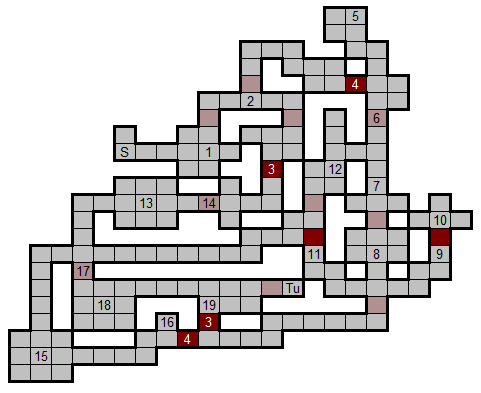

To get a trademark you need to pay money to get the trademark registered, and this has the benefit that you can look that trademark up (and even note for example if the registration has lapsed). These are therefore two very different intellectual property rights and one needs to be very strict when referring to what rights we are talking about.īelow, I have tried to consider these two IP rights separately with respect to WotC Another important distinction is that copyright exists automatically and does *not* need to be registered. Copyright is not like a brand name, it protects artistic works like drawings, paintings and literary works. names like Coca-Cola (and their logos) and these trademarks must be registered to exist (i.e. Trademarks cover things like brand names, e.g. To my mind, it appears that CBDunkerson is on the correct tack.įirstly, before any analysis can be made, a clear distinction needs to be made between trademarks and copyright (they are quite different). However, the solution adopted by D&D all those years ago also applies… just change the names.

They are argued to be representative of the ‘D&D brand’ and thus use of those monster names by others would be like a new soft drink copying Coca-Cola’s logo… improperly trading on the reputation of the other brand to improve their own sales. The various ‘iconic monsters’ are the same issue. TSR did a quick rewrite to ‘halflings’, ‘treants’, ‘wraiths’, ‘balor’, and so forth to avoid violating trademark (not copyright) on the specific creature names. Zaentz, who had acquired the rights to The Hobbit and The Lord of the Rings, sued TSR claiming infringement for ‘hobbits’, ‘ents’, ‘nazgul’, ‘balrogs’, and various other things. “Actually, it is impossible to ‘copyright’ a fantasy race… as first established in the very Tolkien Enterprises (aka Saul Zaentz) vs TSR suit you refer to. However, I found this post by CBDunkerson who might be a good candidate to have on the show to discuss this matter (CBDunkerson wrote this /threads/rzs2nv0p?Beholders-Do-they-exist-in-Pathfinder#19): Reading through various posts on the net there appears to be quite a lot of confusion surrounding this matter. I wonder is there any chance you can get a guest speaker on the show to discuss the Wizards of the Coast’s IP rights and how these impact of the publication of things like modules? If EOB3 is even worse in this regard then I'm not sure it's worth it.In your podcast you discussed IP rights in RPG gaming, in particular to the possibility of publishing a module with certain underdark critters, and how this publication might be impacted by the IP rights that have been asserted by Wizards of the Coast (WotC). I'm much more annoyed by the ridiculous amount of respawning in certain places - something I don't remember from EOB1, at least not of this magnitude. Luckily my party is rather conventional so I didn't have problems with that. This is something that should be clearly stated before you roll your party but I didn't know about it. It shouldn't happen that you miss the item entirely, just don't drop anything "suspicious" randomly, have a stash of all the items you ever found somewhere and you'll be ok.Īlso, the game can't be finished without a spellcaster. Unless, of course, you drop some critical item in a place which you can't return to. Maybe it's also possible to fall through some pit into a (very) small room with no way out, I can't remember, but it's not like you suddenly find yourself in a dead end after an hour of dungeoning. No way to know in advance, but the room isn't bigger than 2x2 and there's a sign that tells you pretty clearly that it would be a good idea to reload.

Then there's certain situation where you have to choose 1 of 4 rooms and one of them traps you. There was one such trap, but I was clearly warned beforehand.

I haven't finished EOB2 yet, but I'm roughly in a 12th level in the game (not counting the mini-levels/double-stairs) and I don't think this is a big issue.


 0 kommentar(er)
0 kommentar(er)
